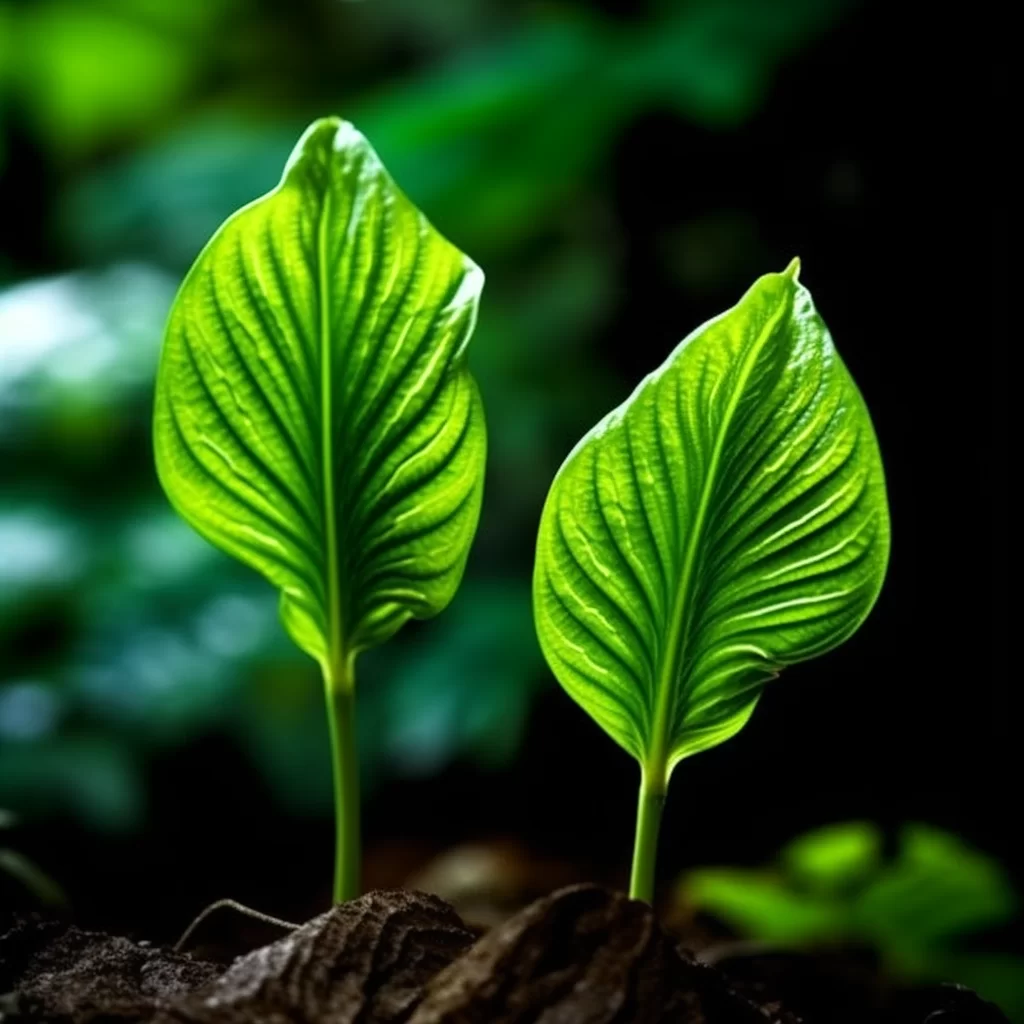Story of Day :
Contents
The Complete Guide to Twin Leaf Plant: Care Tips and More
Gardening is one of the most relaxing hobbies that not only beautify your surroundings but also promote good health.
With so many plant varieties available in the market, choosing the right one for your garden can be a daunting task.
However, if you’re looking for a unique and rare plant to add to your collection, consider the twin leaf plant.
What is Twin Leaf Plant?
The twin leaf (Jeffersonia diphylla) is a low-growing perennial native to eastern North America.
It’s also known as rheumatism root or squirrel corn because of its medicinal properties and small white tubers resembling corn kernels that are popular with squirrels.
This woodland beauty features attractive foliage, stunning flowers, and an impressive lifespan of up to 50 years in ideal conditions.

Care Tips for Twin Leaf Plants
If you want your twin leaf plants to thrive in your garden, here are some care tips you should follow:
- Soil Requirements: The twin leaf prefers well-draining soil with plenty of organic matter such as compost or peat moss added before planting.
- Sunlight: Twin leaf plants prefer partial to full shade and cannot tolerate direct sunlight.
- Watering: Water the plant regularly, keeping the soil moist but not waterlogged.
During hot summer months, you may need to increase watering frequency.
- Fertilization: Feed your twin leaf plant with a slow-release organic fertilizer in early spring before new growth starts.
- Mulching: Mulch around the base of your twin leaf plants with organic matter to retain moisture and suppress weeds.
Avoid piling mulch against the stem as it can cause rotting.
Twin Leaf Plant Propagation
The easiest way to propagate twin leaf plants is through division in early spring or fall when they are dormant.
Carefully dig up the clump and separate it into smaller divisions using a sharp knife or spade.
Each division should have several healthy roots and leaves for best results. Alternatively, you can also grow them from seed by collecting mature seeds in late summer or fall when they turn brown.
Alternatively, you can also grow them from seed by collecting mature seeds in late summer or fall when they turn brown.
Sow them immediately after collection as they have short viability periods of around three months.
Pest and Diseases
Twin leaf plants are generally pest-free but may occasionally suffer from fungal diseases such as powdery mildew or root rot if exposed to excessive moisture.
Prevent these diseases by avoiding overhead watering, providing good air circulation around your plants, removing any infected foliage immediately, and ensuring well-draining soil conditions.Squirrels may also dig up and eat their tubers during autumn dormancy; however, this rarely affects their growth health or flowering capabilities.
In Conclusion
The twin-leaf plant is an excellent addition to any garden, with its unique foliage and stunning flowers.
With a little care and attention, this rare beauty can thrive in your garden for years to come.
So why not add it to your collection today?
